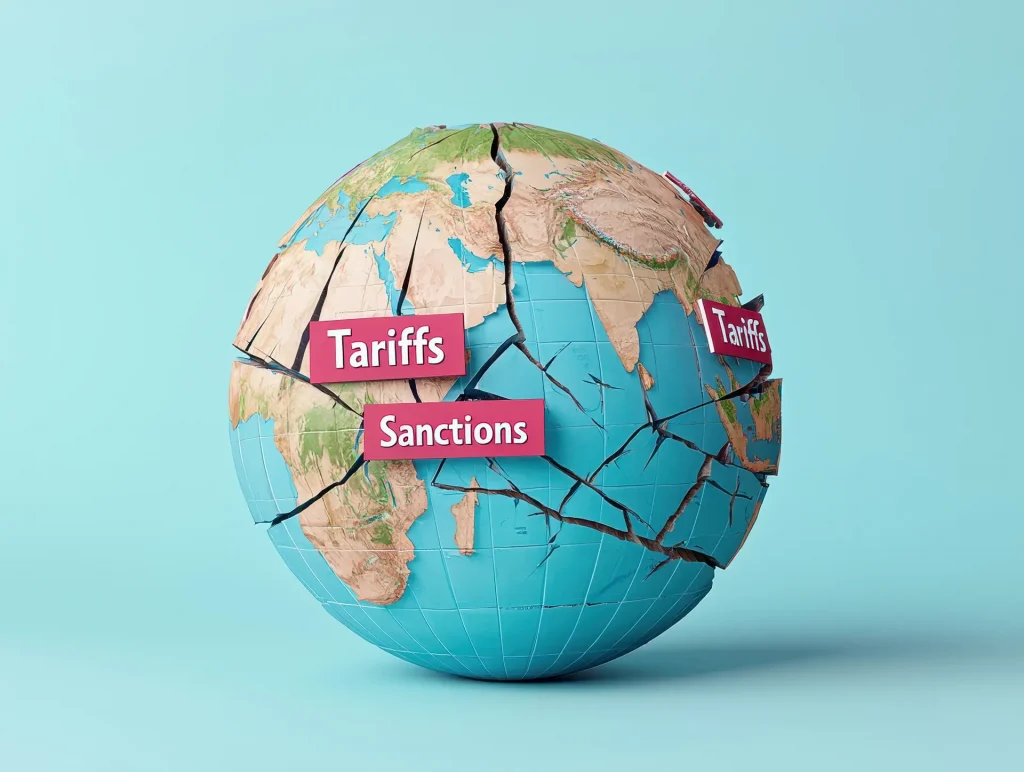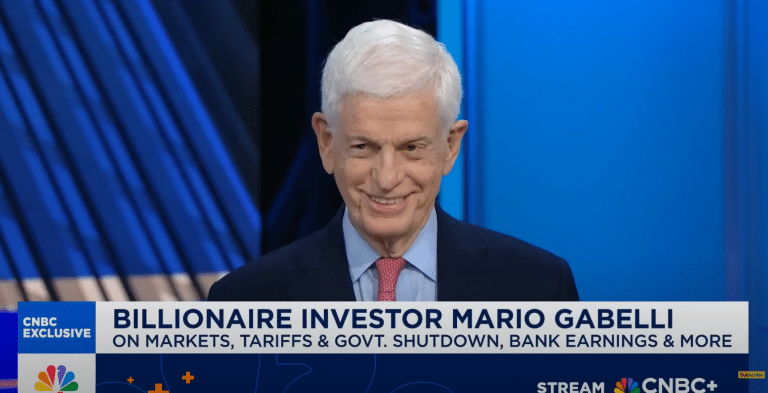The Gabelli Growth Team Weighs in on Tariffs
April 7th, 2025
I. Trump’s tariff plan far exceeded expectations. Expectations for 10 to 20% tariffs were expected. The actual range is 10% to 54% (China is the highest after including a variety of previously standing tariffs and special situations). The baseline 10% tariff applies to all countries, even our closest allies like the United Kingdom and Australia, even though the US runs a trade surplus with both.
II. Tariffs of this magnitude were last seen after the Smoot-Hawley Tariff Act was passed in 1930 and was blamed for worsening the Great Depression. Smoot-Hawley tariffs ranged from 40 to 60%.
III. The calculation of Trump’s tariffs is not a function of the actual tariffs imposed upon the US by trading partners, which is how reciprocal tariffs have historically been defined. Trump’s tariffs are based upon the level of trade surplus each trading partner has. This is entirely different and seems poorly designed to be polite.
IV. Trump’s new tariffs are expected to be a negative 2.6% hit to GDP but that number goes up to about 3.3% after factoring in likely retaliatory impacts. The base case may move to no GDP growth this year and any earnings growth is now in question.
V. Globalization or “free trade” was based upon allowing companies to produce goods where the total cost of production was lowest. This produced low prices for the masses but at the cost of lost manufacturing jobs in the US. Today, it is 68% more expensive to produce a car in the US than in Mexico and 38% more expensive in the US than in Canada. We face a trade-off between more manufacturing jobs for a relatively small group of workers or lower-priced goods for all. That’s the debate.
VI. Building manufacturing plants is at least a 3 year if not 4-year process. If these tariff levels are seen as temporary, will companies commit to building plants which cost billions of dollars?
VII. There is speculation that the motive for these draconian tariffs is to claim billions of dollars of tariff revenue, up to $700 billion ($7 trillion over 10 years) projected by the White House) to be claimed as an offset of lost tax revenue from Trump’s new tax bill. Such an offset is needed to replace lost revenue. The White House wants to pass the big tax bill ASAP.
VIII. Will the Fed cut rates? These tariffs make the Fed’s job a lot harder, as officials will have to weigh higher inflation against slower growth and employment. Economists are now projecting core PCE growth in the US could re-accelerate to nearly 3.5% by year-end, compared with a 2.8% level reported in February. So long as inflation expectations remain anchored, the Fed will still cut rates in response to deteriorating hard data (we can think of this as a “bad news cut”). But if evidence mounts that tariff inflation starts to contaminate underlying inflation expectations, the Fed’s hands may be tied. In either case, prospects for a “good news cut” (proactive easing absent recessionary dynamics) are likely off the table for the foreseeable future.
IX. Could the tariffs result in a recession? Yes. A recession would be in the works should unemployment reach 5%. A Q3 event? Sounds too soon but unemployment has a history of rising quickly when it starts to rise. Recessions also tend to arrive long before most economists acknowledge them. The Atlanta Fed GDP model now says GDP is running at -2.8% rate. The Atlanta model is quite sensitive, but it suggests we could already be in a recession.
X. The White House believed their tariff policy would boost the dollar. The dollar peaked the week before Trump took office and has fallen 10%. It is down 2% today. This suggests foreigners have been and are continuing to sell US stocks and sending their money elsewhere.
XI. Mainstream institutional investment firms are not pro-tariff. History is on their side. The McKinley tariffs (1890s) praised by Trump were controversial. They caused higher prices and were unpopular with voters, leading to Republican losses in the 1890 mid-terms. The primary growth driver in the period from 1894 to the early 1900s was the start of the second Industrial Revolution. Major advances in steel, oil, electricity, railroads and manufacturing drove growth, despite the tariffs.
XII. The reason the US lost manufacturing jobs to other countries is primarily because of our higher costs, mostly labor. The trade deficit is a separate metric and is a function of our large and relatively prosperous consumer-based economy, importing more than we export. We have had a trade deficit every year since the 1970s, during which time we experienced the highest growth in the developed world.
XIII. If we have a “national security emergency” because we don’t produce key goods like vaccines or enough steel, we should target those industries like we have done with the CHIPS Act, providing subsidies to incentivize new plants. Additionally, we could provide payroll tax credits to those industries to lower the cost of labor to a globally competitive level.
We could go on, but that will suffice for now, as we await the response from our trading partners.
The Gabelli Growth Team
Howard F. Ward, CFA
John T. Belton, CFA
Howard Ward and John Belton are CO-Portfolio Managers of The Gabelli Growth Fund.
The Portfolio Manager’s views are subject to change at any time based on market and other conditions. The information in this posting represents the opinions of the individual Portfolio Manager and is not intended to be a forecast of future events, a guarantee of future results, or investment advice. Views expressed are those of the Portfolio Managers and may differ from those of other GAMCO officers, Portfolio Managers, other employees, or of the Firm as a whole. Because the investment personnel at GAMCO and our affiliates make individual investment decisions with respect to the client accounts that they manage, these accounts may have transactions inconsistent with the information contained in this posting.
This is not an offer to sell any security nor is it a solicitation of an offer to buy any security.
Stocks are subject to market, economic and business risks that cause their prices to fluctuate. When you sell shares, they may be worth less than what you paid for them.










